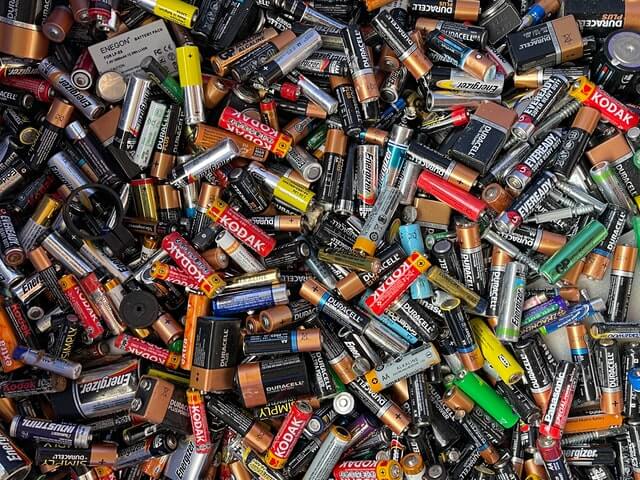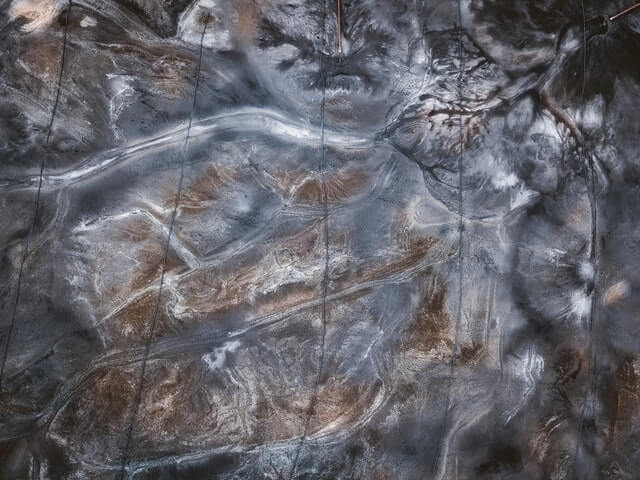Over time, you find yourself with waste in your home or office. You probably cannot figure out what to do with it. You could be having old paint cans, fluorescent tubes, car batteries, lithium batteries, gasoline, and so on. These are waste items that you cannot just kick out on the curb. You can’t also throw them away as regular trash during junk removal. Because of the nature of the disposal for such items, you will tend to gather these items till the waste becomes too much to handle.
Since you are not an expert in hazardous waste management, you may not know what to do with each item. These types of waste are a big health threat to the public and damage the ecosystem. The following list of hazardous waste will guide you on how to dispose of them in a safe way:
Infectious Waste for Junk Removal
You may be having an invalid at home who is undergoing some nursing care. This will leave you with so many sharp needles, contaminated gloves, gauzes, and other medical waste. Such waste is bound to spread infections if someone gets pricked or exposed to it. It is advisable to buy a sharps box for isolating disposal of the medical waste. You should then incinerate or take the waste to a waste center with proper disposal methods that are environmentally sustainable.
- Toxic Waste
Any kind of material in products which can be fatal or have serious health consequences when inhaled or exposed to be considered toxic. Common toxic items include pesticides, fertilizers with components like ammonia, and aerosol insecticides. Disposal of toxic waste in junk removal is best done when the product is used up. The container or packaging should then be taken to a hazardous waste collection center for proper disposal.
- Ignitable Waste
This refers to flammable waste. Ignitable substances are in petrol, kerosene, gas cylinders, and so on. The best way to handle such waste during junk removal is to first ensure that you use them up completely. The next step is ensuring that the container has a seal and is not exposed to high-temperature environments. This is during handling or transportation. The waste should then go to a center for the collection of hazardous waste. Or you can return it to the company supplying the products.
- Corrosive Waste
This is waste that has the capacity to damage or erode surfaces, posing fatal consequences in the event of ingestion or exposure. Corrosive waste includes; household cleaners with strong acids like hydrochloric acid, lithium batteries, and car batteries with sulfuric acid. While clearing out your home, the best option for you is ensuring that you use household products to the last drop. However, for items like car batteries, you can take them to recycling centers. Otherwise, have your junk removal service dispose of it for you.
- Reactive Waste
When doing junk removal, you should be careful with reactive waste elements which can cause explosions when mixed. Items such as smoke detectors have radioactive source material and should not be stored with other reactive elements. Aerosol sprays and halogen light bulbs on the other hand explode when exposed to extremely high temperatures. To ensure your junk removal exercise goes on safely, you have to avoid mixing any reactive items. In addition, for aerosol cans, you should use them up before discarding them in the dumpster. The best way to avoid accidents is to take them back to the production companies. You can also take them to hazardous waste collection centers.

- Used Solvent Waste
Waste such as engine oil, or paint is potentially hazardous if not handled or disposed of well. In junk removal, you should ensure that you use up engine oil. Or consider donating it to homeless shelters, churches, or schools. You can re-use paint by diluting it with thinners, let it settle at the bottom, and use it up completely. For the containers, you can let them dry and re-purpose them as flower pots
- Farm Inputs
Do you have leftover fertilizer, pesticides, or herbicides in your home? If left lying around after junk removal, exposure to the chemical components could be life-threatening. Instead of throwing them out or risk smoke inhalation by burning them, you can donate to community centers or your neighbors.
- E-waste
From shock hazards to ingestion of harmful chemicals like lead or mercury, electronic junk is equally dangerous. Old electronics or appliances should go to recycling centers. You can also take them to a collection center for hazardous waste if they contain any harmful substances. Alternatively, you can donate gently used electronics to charities for a worthy cause.
- Home Care Products
If you have some leftover wood preserving paste, mothballs, Lysol for clearing drains, and so on, you should store it safely for future use or donate it. The chemicals in these products have toxins that are poisonous when ingested and affect the environment harshly. Donation to friends, schools, or community centers is the best way of disposal or drop off to waste collection centers.
- Yard Debris
It is important to clear out your yard and keep it clean to avoid accidents. Such include tripping over debris and falling. You or your children could potentially incur injury and infections from these items while moving around. Therefore, fencing posts, barbed wire, and rusty swings will be better off in a recycling center than making your yard a danger zone.

Final Thoughts
The best way to dispose of any hazardous waste is to drop it off at a certified collection center. Most hazardous waste collection centers have the equipment and expertise of ensuring proper disposal. However, you should ensure that you do not put yourself in danger while clearing out or transporting hazardous waste materials. Ensure that you cover waste in containers to secure liquid products and prevent leaking. You should also avoid mixing the waste. Label any unmarked waste. This is to prevent mixing that can lead to explosions. In the event that you do not understand the kind of waste you are dealing with, hire a junk removal service to handle the disposal.